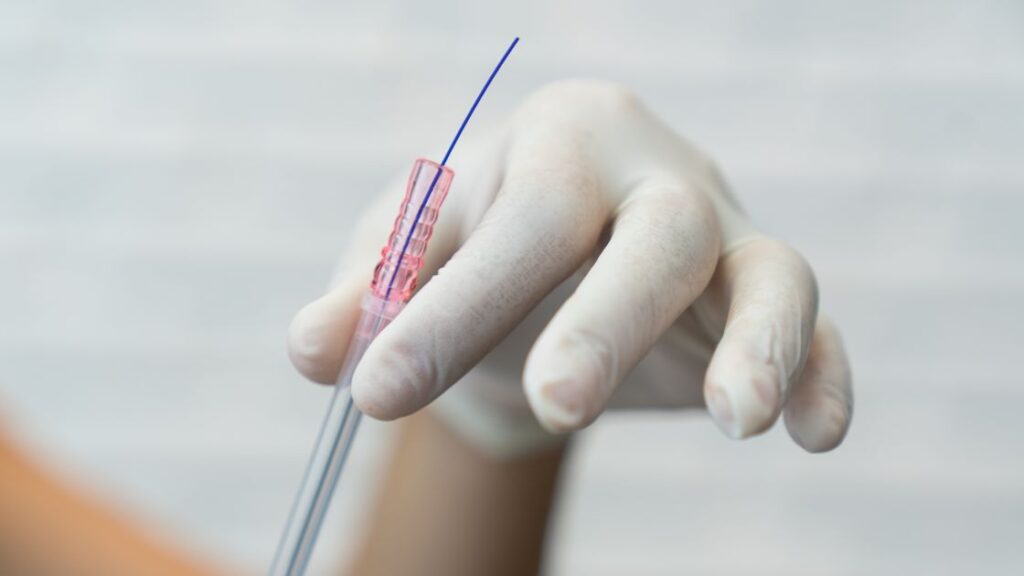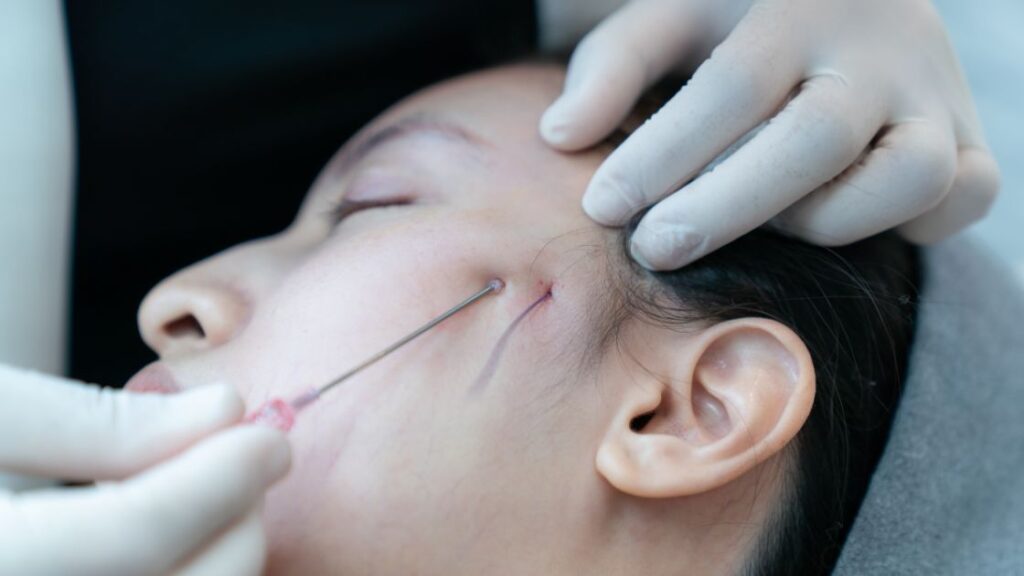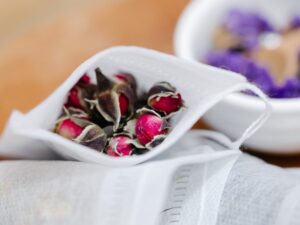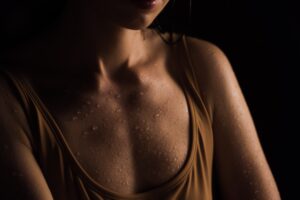What is Thread Lift??
Thread lift is a minimally invasive cosmetic procedure and an alternative option to facelift surgery. It is also known as a barbed suture lift to lift your face or breast. This process claims to tighten your skin by inserting medical-grade threads in the skin and lifting them up.
This method has been in practice since 1990 and gives good results against aging.
How does Thread lift work?
The Thread Lift Works in Two Ways.
The first one is quite simple to understand. Your doctor will insert the dissolvable threads beneath the skin and pull it to tighten the skin around the neck, forehead, or torso
The second way in which thread lift works is totally based on body physiology. When a suture material is inserted into the skin, the body gets the signals of any damage ( even threads are not causing any damage) and initiates the healing process. This results in collagen formation this collagen leads to filling gaps in saggy skin and gives more elastic and youthful skin.
Procedure
The complete procedure of Thread lift includes the following steps
- In the room where the procedure is being done, you will be instructed to lie down. Prior to surgery, your skin will be disinfected with alcohol and topical anesthetic
- The threads will be inserted under your skin using a tiny needle or cannula. The total duration of the threading process is in between 30 and 45 minutes.
- The method of insertion will end after the threads have been properly inserted into your skin. Possible under-skin sensations include gentle pressure or tightening.
- The removal of the needles will signal the end of your procedure, at which point you will be free to return home or to work.
Common Side Effects Of Thread Lift

The common side effects of a thread lift include
- Bleeding
- Swelling
- Bruising
- Puckering
- Minor pain at the site of thread injection
Complications
Although thread lift is a safe cosmetic procedure still there is a probability of 15 to 20% of some complications that involves
- Bleeding as a result of the operation accumulates behind your skin a
- Apparent dimpling or tugging where the threads have been introduced
- Migration or accidental “movement” of the threads that cause lumpy or protruding skin
- Discomfort is caused by the thread being too “tight” or in an odd position under your skin.
- Infection at the procedure’s location
Advantages of Thread Lift
Thread lift is majorly preferred over facelift due to the following reasons
- It is minimally invasive and safe
- It is less expensive and lies within an affordable range
- It has a very short recovery time.
- It is a good alternative to other anti-aging cosmetics procedure
- It gives satisfactory results in form of tightening and youthful skin.
Types Of Thread Use In Thread Lift
Here we are going to discuss the types of threads used in this procedure. Commonly following three types of threads are used in thread lift procedures.
- Mono Thread
- Screw Threads or tornado Threads
- Cog Threads
- PDO Thread
1. Mono thread
These are smooth threads without any barbs. the y are placed in the skin in a mesh-like pattern for giving a skin-tightening effect. These threads need anchoring points are used in areas like the neckline, forehead, and under the eyes. Normally 10 to 20 mono threads are inserted in the treatment for skin lifting action. In some cases, mono threads are combined with cog threads for improving results and significant skin rejuvenation.
2. Screw Threads or Tornado threads
Screw threads or tornado threads are one or two threads that are intertwined around Inserting needle-like screw. They provide a great effect in increasing the volume of saggy areas of the skin. Generally, one thread is known as a screw thread while two threads that are intertwined around the needle are called multi-screws. These threads are used in general face lifting.
3 Cog Threads
The Cog threads are actually the mono threads with barbs. These barbs aim to hook inside the skin and form a support structure that raises the sagging tissue. These threads do not need any anchoring points. The threads have a good tendency to stimulate collagen formation around threads and barbs. These threads are perfect for jawline slimming and lifting.
4. PDO Threads
PDO (Polydioxanone) threads are a type of absorbable suture material used in non-surgical thread lift procedures for facial rejuvenation. During a thread lift, PDO threads are strategically inserted into the skin using a thin needle or cannula to lift and tighten sagging tissues. The threads stimulate collagen production, contributing to a firmer appearance.
Over several months, the threads are naturally absorbed by the body, leaving behind newly produced collagen that helps maintain the lifting effect. The procedure aims to reduce wrinkles and sagging, providing a non-invasive alternative to traditional facelifts. As with any cosmetic procedure, it’s essential to consult with a qualified professional to discuss individual goals, potential risks, and expected outcomes.
Are You Scared Of Thread Lift Puckering

PDO thread lifts dimpling, puckering, and visibility of threads are the most common problems experienced by people and medical practitioners. If you also want to go through this procedure and scored a little bit about puckering then follow this article till the end. Ir will provide you with every information that you may need to know before going for a thread lift.
Thread Lift puckering…What is it?
Threadlift puckering is a condition that is associated with apparent dimples after going through the procedure of thread lift. It is the most common problem that people often face after getting this procedure.

Is Puckering normal after Thraed Lift?
It is totally normal to experience swelling and bruising after a thread lift.
How to Avoid thread lift Puckering
The simple way to avoid it is to prevent it from happening. For this, the medical practitioner should follow all the precautions. But of course, there is always a probability of the risk of dimpling and puckering. If it happens then do not do anything Thread will soften itself with time and your issue will be resolved.
How Can You Fix It?
Thread lift puckering is minor and does not cause major trouble. But if becomes more irritating for you so You can fix thread lift puckering through the following ways
- radiofrequency is used by the Viora ST to tighten skin. This is a fantastic treatment since it softens the insertion region, warms the thread, and unzips it.
- We can undercut the area surrounding the thread with a microcannula to help loosen and remove the pucker the thread caused. This minimally invasive surgery may cause swelling, but it will ultimately go away.
- Water dissolves the thread; a Central American supplier is developing a dissolver for this product.
- Thread removal – Using an 18 gauge needle, you can prick the skin to make a hole, then massage the region to take the thread out with a pair of forceps. The thread can be uncomfortable to pull, but it is also possible to cut the thread.
In Nut Shell
A minimally invasive cosmetic surgery called a thread lift is used to tighten and lift the skin. Threads are inserted beneath the skin and pulled tightly during the process. This makes the skin appear lifted and more youthful. Compared to typical facelifts, thread lifts provide a variety of benefits, including being less expensive and requiring less time for recuperation. It is successful over facelifts because of less invasion and less recovery time However, the operation carries significant hazards as well, including infection and scarring. You must go to a reliable place for performing such types of cosmetic procedures.








